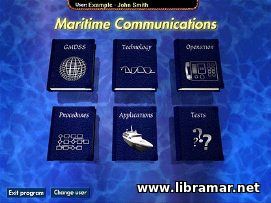GERMAN CRUISERS OF WORLD WAR TWO IN ACTION

| Author(s) | Robert C. Stern |
| Publisher | Squadron/Signal Publishing |
| Date | 2004 |
| Pages | 52 |
| Format | |
| Size | 57 Mb |
| D O W N L O A D | |
The cruisers that fought in World War Two descended from sail-powered frigates. These vessels were designed for long-range independent operation to gain information about the movement of an enemy's fleet, to raid an enemy's commerce, or to track down and defeat an enemy's commerce raiders. This led to the famous frigate vs. frigate duels of the American Revolution and the War of 1812, in which the advantage generally went to the Americans.
This was due to the stouter construction and slightly larger guns of their frigates, including USS CONSTITUTION, better known as "Old Ironsides". Generally, a successful cruiser was a ship possessing high endurance and enough speed to outrun anything bigger, enough power to defeat anything its own size. It also had enough protection to survive encounters with any number of smaller units without disabling damage. Meeting this set of requirements with steam-powered metal ships was far more difficult than with wind-powered wooden ships. High-speed from a steam engine can only be achieved at the expense of range. Unlike sail powered ships, whose range was limited only by the amount of food and water carried for its crew, steam-powered warships consumed coal or oil at rates directly related to the ship's speed.
The more armor and armament a ship carried, the more fuel it took to achieve a particular speed. Even at most economical consumption rates, a cruiser-sized ship could never achieve the independence of operation synonymous with the frigates they replaced, without the ability to refuel at regular intervals. This led to the development of networks of coaling stations in all the places a navy might expect to operate and points in between. Colonial expansion before the advent of steam had concentrated on sources of wealth, including the gold of South America and the spices of India and the East Indies. Now parts of the world that had previously been of little interest - including the coast of Africa and Pacific islands - became the objects of intense competition between expansionist colonial powers. This competition led directly to World War One.
The "Read Later" function allows you to add material to this block with just one click. Just click on the icon and read the articles that interest you at any convenient time.


